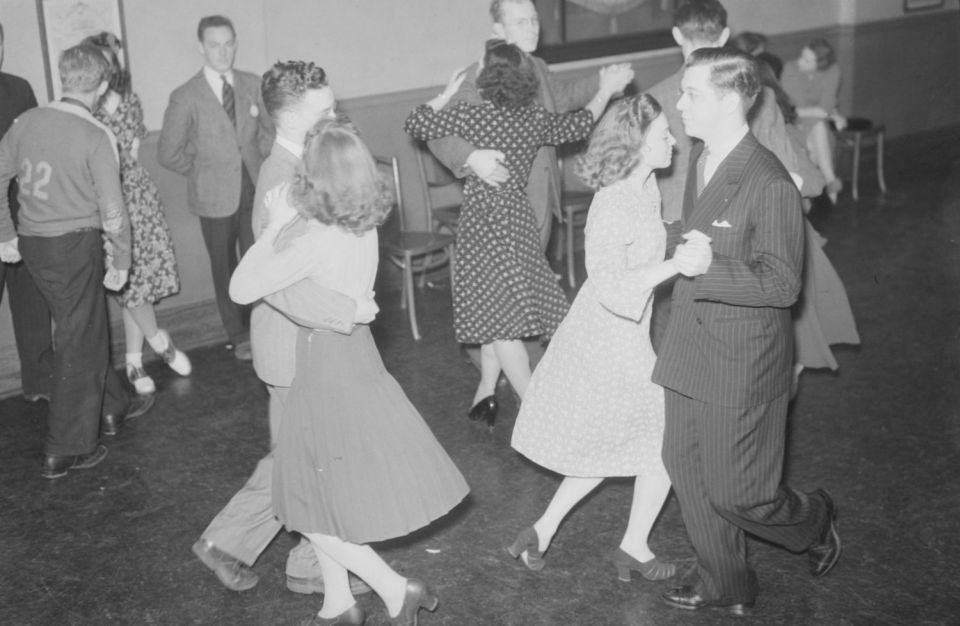 The 1930s craze of dance marathons has made a comeback in 2016, in the form of choreographer Arthur Pita’s new work of dance theatre for 2016, telling the story of couples who risked death-by-dancing during the Great Depression. Introduced during the roaring twenties, the age-old contests saw participants dance non-stop for as long as physically possible.
The 1930s craze of dance marathons has made a comeback in 2016, in the form of choreographer Arthur Pita’s new work of dance theatre for 2016, telling the story of couples who risked death-by-dancing during the Great Depression. Introduced during the roaring twenties, the age-old contests saw participants dance non-stop for as long as physically possible.
Dance marathons were hugely popular in America in the early 20th century, with the first taking place in 1923 in New York. The winner danced for 27 consecutive hours and with six partners. It inspired many others to challenge themselves with this endurance across America, with dancers desperate to break the previous record. Eventually the marathons became large-scale urban events where the dancing took centre stage, and their popularity grew.
During the Great Depression of the following decade, dance marathons became more sinister to match the mood of the era. Dancers whose aim had been to break records now competed against one another for 24 hours a day and weeks on end, desperate to win prize money. Gone were the days when they performed popular dances, now just shuffling across the dance floor with as little energy as possible. Adhering to the rules also meant the dancers must remain in hold and keep moving without their knees touching the floor.
Contestants were given 15 minutes of rest time each hour, and once back on the floor they often took it in turn to support one another’s weight for extra rest. Spectators returned to watch dance marathons every day to witness the contestants stumbling across the dance floor and washing, sleeping and eating in public.
Towards the end of the 1930s there was an attempt to regulate dance marathons, partly in order to resist the growing pressure to ban them. Eventually the marathons no longer drew in the crowds due to the change in attitudes after the Depression, and by the end of World War II, they had died out altogether.
